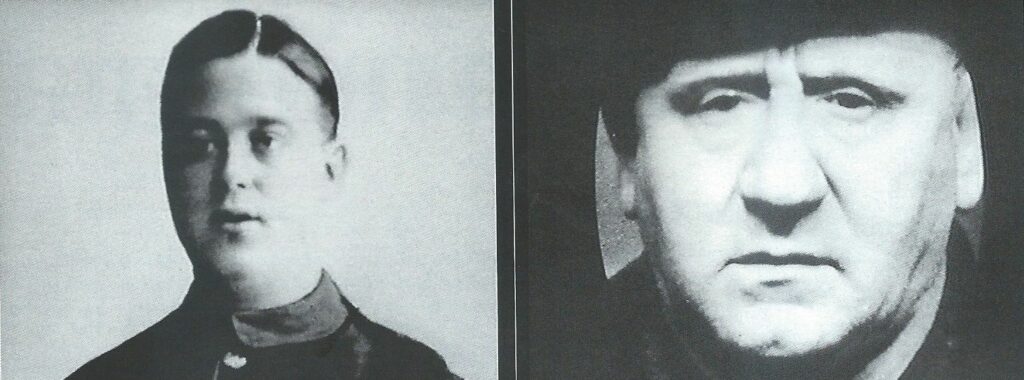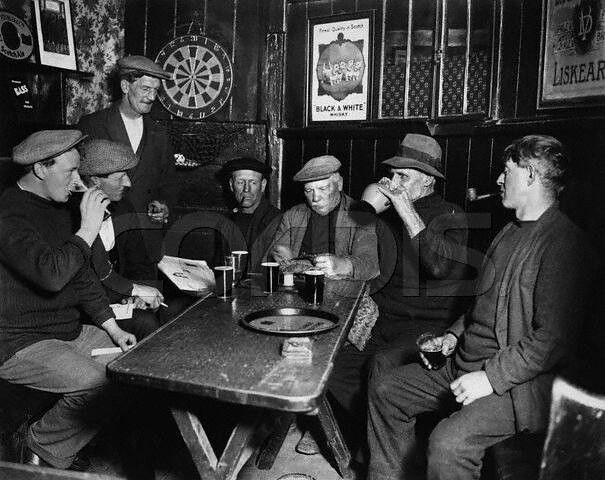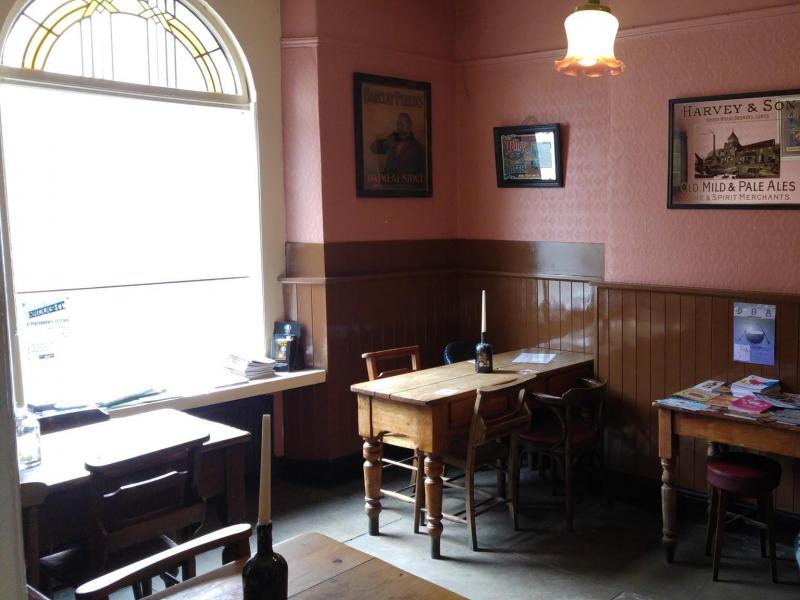A packed house at Fulwood Sports Club – it was almost standing room only – suggested that members were eagerly anticipating what turned out to be a spellbinding talk. Indeed, Martin Rowley’s graphic slideshow presentation came with a health warning for the more squeamish amongst us.
Almost all large cities had their gang wars, especially in the depression years after the First World War, but what some people describe as ‘the greatest story never told’ of treachery, deceit and greed led to Sheffield being dubbed Little Chicago in the period from 1923 to 1927.
George Mooney (pictured far left) and the Mooney Gang, who ruled the east end of Sheffield, were perhaps the most notorious, and others including the breakaway Park Brigade, the Cellar Grate Gang and the Gas Tank Gang.
In the years when Sheffield’s steel industry was booming because of the war effort, gambling was rife in the city and this was a big source of profit for the Mooney Gang, but the postwar slump in production and consequent unemployment meant that there was less money to be gambled.
George Mooney was a bookmaker of Irish descent from Co Offaly, while Sam Garvin, leader of the Park Brigade (to the right of Mooney), was described by police as the puppet master of Sheffield crime.
The Cellar Grate Gang were happy to throw cast iron grates through people’s windows or beat their rival gang members over the head with one. The Gas Tank Gang thrived in the dimly lit streets of Neepsend and Shalesmoor which was the route home for many of the city’s industrial workers. Their methods were crude, and amounted to little more than robbing the returning steelworkers and miners as knifepoint.
It was Mooney’s own former henchmen who broke away to form what became known as the Park Brigade, resulting in rival gang members being slashed with razors, beaten with pokers and stabbed with bayonets, not to mention police officers being wounded when they tried to intervene in the violence which continued from 1923 to 1925 when it culminated in the murder of former boxer William Plommer.
Plommer, who was aged 32 in 1925, was the only person officially recorded as having been murdered during the gang wars, though there were probably more. Ten men were arrested, but only two were found guilty of the actual murder and brothers Lawrence and Wilfred Fowler, members of the Park Brigade, were hanged at Armley Gaol, Leeds, on consecutive days.
Lt Col John Hall-Dalwood had been the chief constable of Sheffield from 1913 , charged with the task of keeping the gangs under control, but in March 1926 he was pressured into resigning by the city’s Watch Committee who did not consider he had done enough to control the violence. In his parting shot, Hall-Dalwood suggested there had been corruption in the Town Hall.
He was replaced by Percy (later Sir Percy) Sillitoe, who had served in the British South Africa Police and moved to Sheffield at the age of 38 after having served as chief constable of Chesterfield and the East Riding of Yorkshire. Sillitoe, who formed the Special Duties Squad in the city, has been described as the most influential police officer of the 20th century and was credited with authorising reasonable force to break the hold of the criminal gangs. He stayed in Sheffield until 1931 when he was moved to Glasgow where be broke the power of the notorious razor gangs, and he later became director general of MI5.
During Sillitoe’s tenure in Sheffield, in 1929, 24 police officers in the city were suspended amidst allegations of corruption.
In the picture above right, local gang members plan their next move in the bar of the Shakespeare pub in Kelham Island. Below is the same room today. All pictures courtesy of Martin Rowley.



